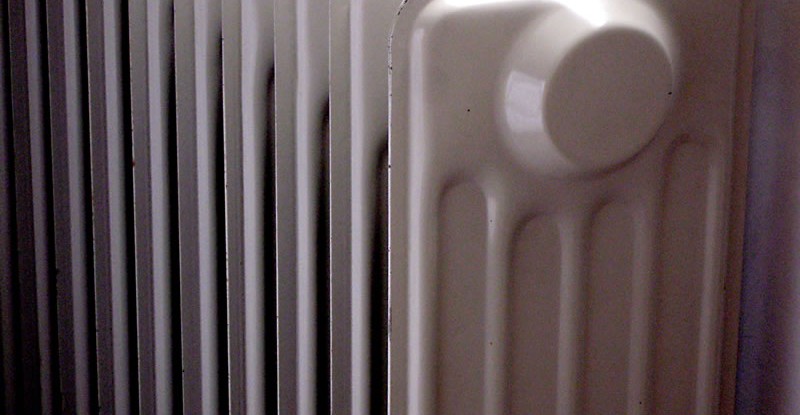I keep getting readers’questions about reflective radiator panels – the shiny things that you stick on the wall behind a radiator. Do they have any effect? Do they save money? And are they a good idea?
One advertiser claims that fitting these reflectors can save up to 20 percent of heating costs, and that the capital outlay can be recovered in less than a single winter. Are these claims reasonable, or just a publicity gimmick?
First, let’s look at this claim using simple logic. A useful rule-of-thumb is that around 30 percent of heat is lost through the roof, 20 percent through the walls, 20 percent through the windows, 15 percent through the floors, and the remaining 15 percent through air leakage.
So suppose you covered all your external walls with reflective foil, and suppose these foil panels made the walls completely thermally efficient (which they wouldn’t, but let’s ignore that for now). Then you might save 20 percent of your heating losses. But reflective radiator foil panels only cover a small area, to the rear of each radiator – possibly around 10 percent of the wall area, if that. So even if they reflected all the heat incident upon that small area (which they won’t, but let’s ignore that, too), then they would only save you 10 percent of 20 percent – ie 2 percent.
A more important question, however, is whether the panels are actually a good idea. Radiators on outside walls are often fitted below windows, and the wall below a window is always prone to being wetted by rainwater running down the glass, especially if the sill overhang is insufficient or the drip groove below the sill has been blocked with paint. Keeping the wall warm will help to keep it dry, and avoid the maintenance and repair costs of dealing with blown plaster, stained decorations and possibly rotted skirting boards. So, on balance, I would say the soundest financial option is to not to fit reflective panels or foil.





